10 Tips for Safe Trips
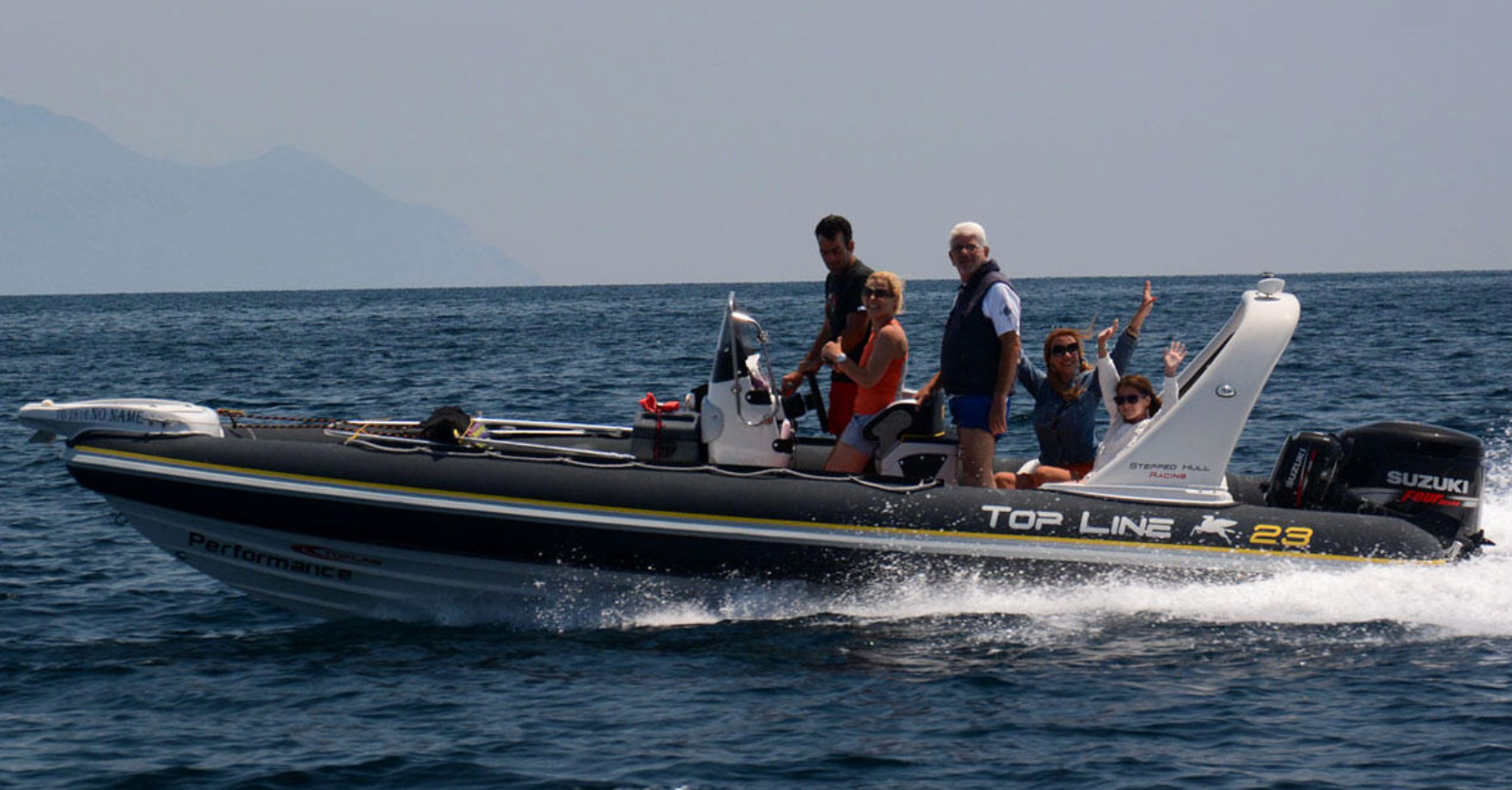
By Thomas P. — e-Ribbing.com
Perhaps there is nothing more exciting than the time we take our place at the helm, our hand pushing the throttle and the bow heading the horizon, leading us to the Big Blue Through our general euphoria, however, we should not forget that the sea is unpredictable and it can easily become threatening. Before each trip, in addition to making sure our boat and engines are in excellent operating order, we should eep in mind some important parameters that will help us to minimize the possibility of facing unpleasant situations.
Watch the Weather Forecast
Check the weather forecasts in the region where you plan to travel. Watch the weather forecast from more than one source.

Plot Your Course on a Nautical Chart
Apart from the use of GPS, draw your course on the nautical chart. We need to know the degrees of our course and control the deviation of our compass. Always travel at a constant speed and note periodically your position on the chart.
Draw Alternative Courses
You should have already drawn alternative courses on the chart that you will follow if for any reason (sudden worsening weather, mechanical failure, fuel loss) you cannot follow the main course.
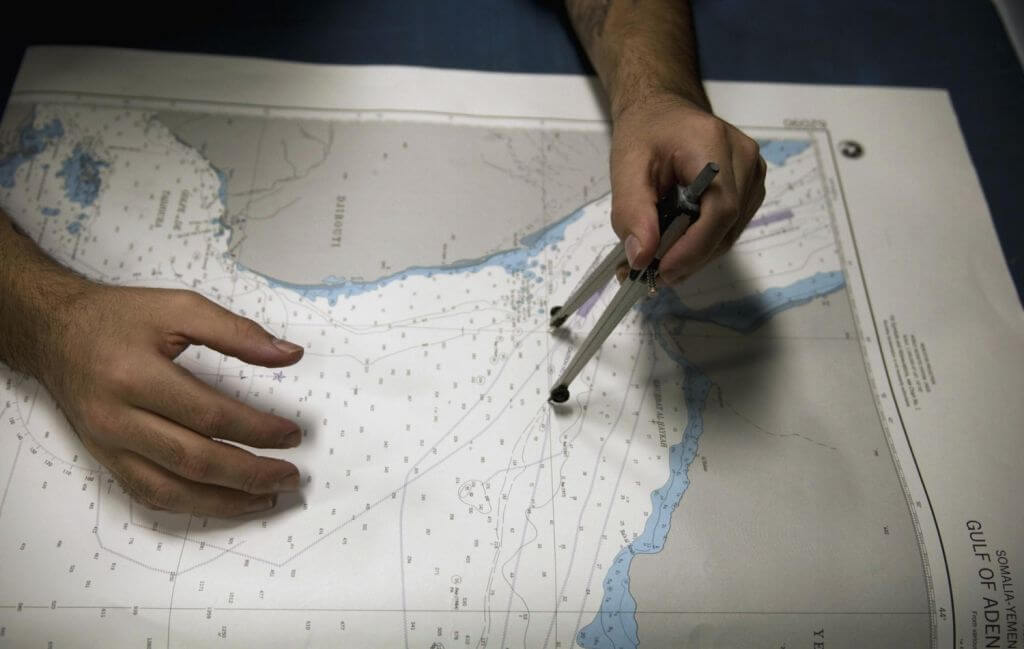
Have a Spare Propeller or a Spare Hub Kit
Always store on board a spare propeller (or two spare propellers for twin engine boats), because even though we are aware of the danger points of the marine areas we will travel quite well, no one can predict when the hub will slip inside of our propeller. If you have a propeller using the interchangeable hub kit system you need only a spare hub kit.
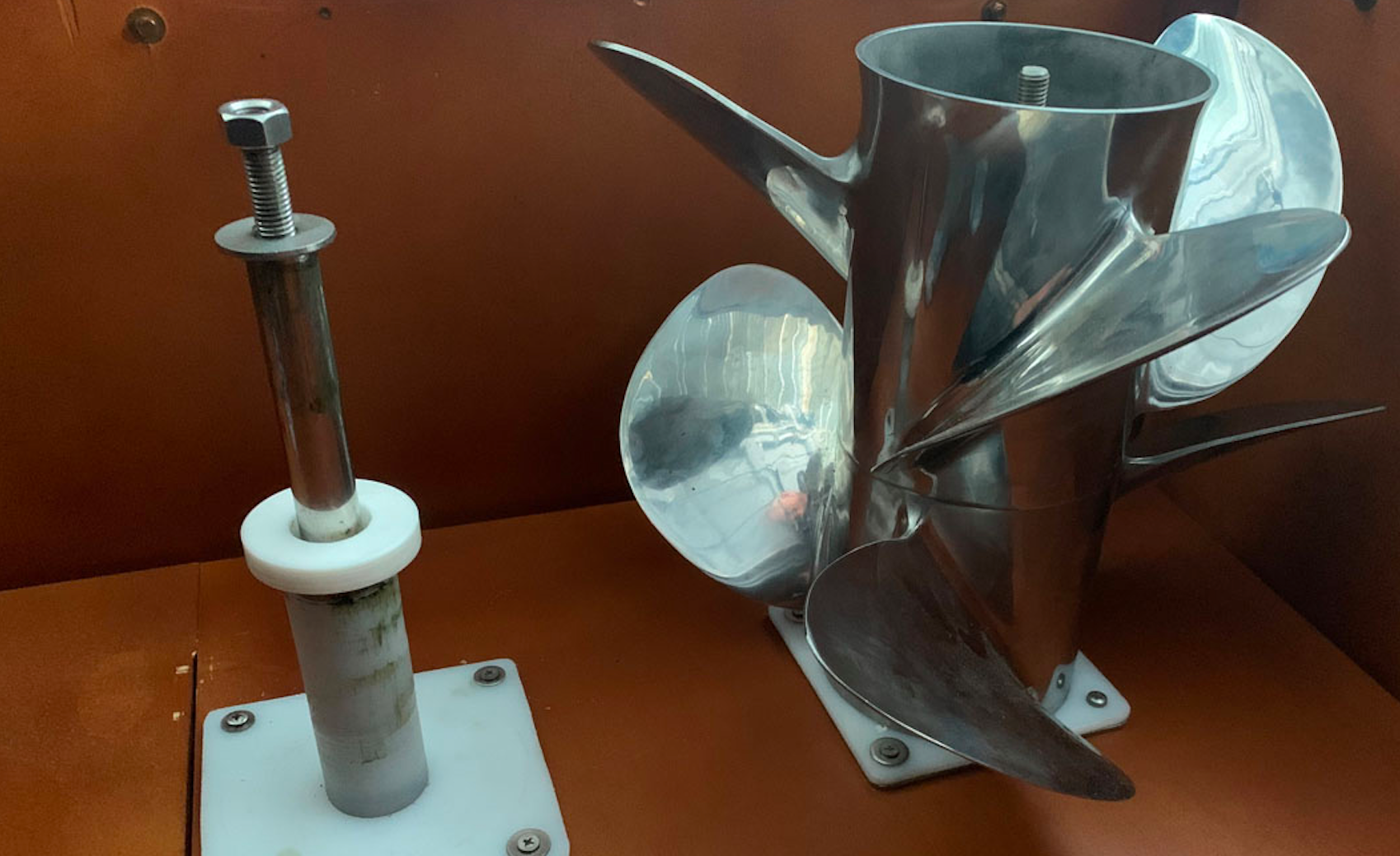
Check the Auxiliary Engine
If your boat has an auxiliary engine, check it before you start your trip. You will then be sure it will start in case of emergency.
Control Fuel Capacity
Your tanks should have much more fuel (by about 50%, as an emergency backup) than is required to cover the distance which you plan to go. It is even wiser to share the fuel in both tanks of your boat or if there is only one tank to bring a portable one. Any obstacle to the flow of fuel from the tank to the engine is sure to immobilize you. It is the most common cause when the engine suddenly stops or can't start.
Check Safety Equipment
Inspect the condition of all safety gear of your boat (life jackets, fire extinguishers, signal flares, VHF, ...). If any have an expiration date, be sure it is current. If in any case it has to be used, it will keep you alive.
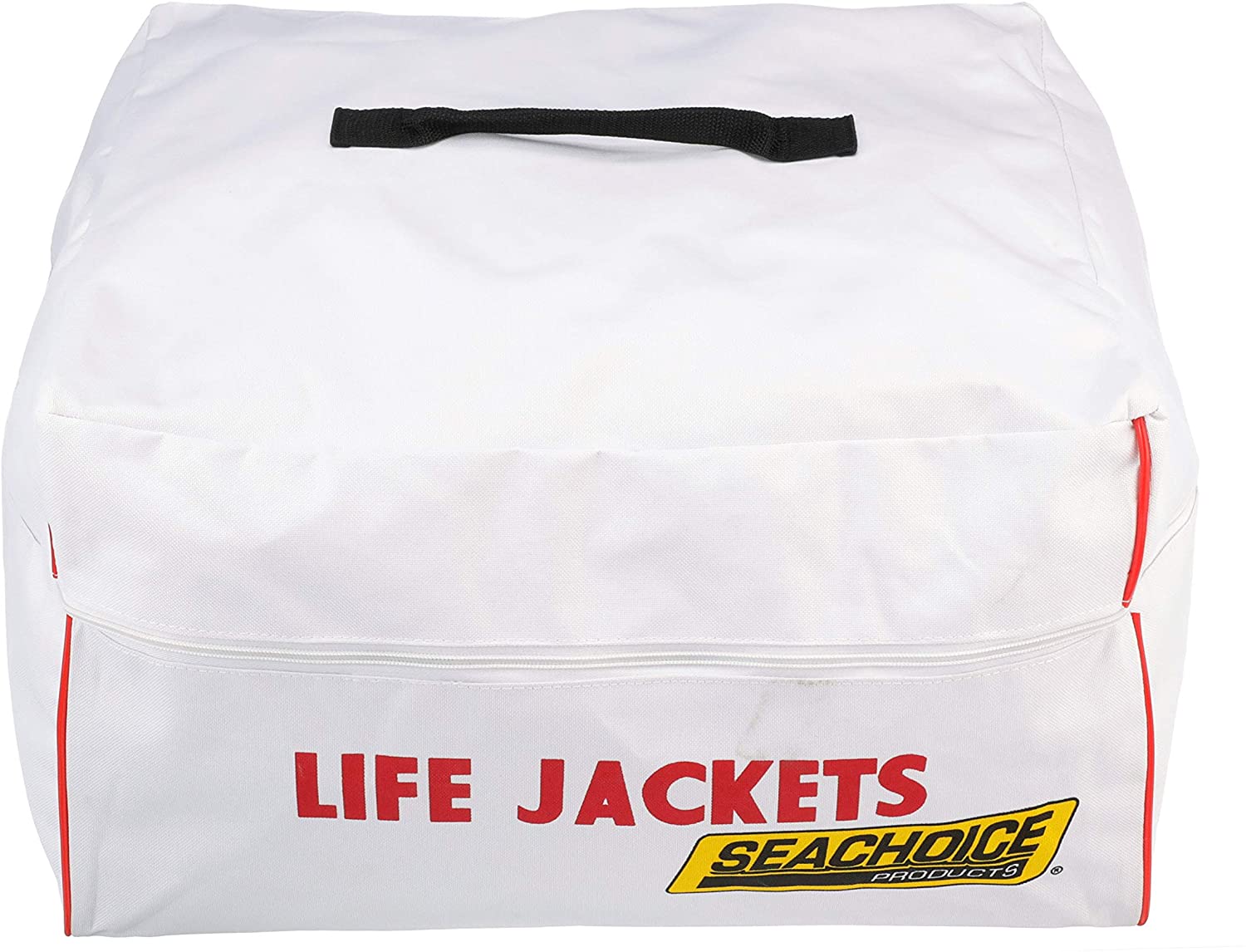
Inform Friends
Take care to inform your close friends about the time and the place of departure and the destination and estimated time of arrival.
Keep a Phone List
Always have a list of useful telephone numbers (port authorities, marinas, mechanics, boat monitoring services if applicable...)
Wear the Emergency Lanyard
It is now federal law in the United States that an operator must wear the emergency engine shutoff lanyard. It applies to any motorized boat with 3 or more horsepower that is less than 26’ (7.92 m) long.
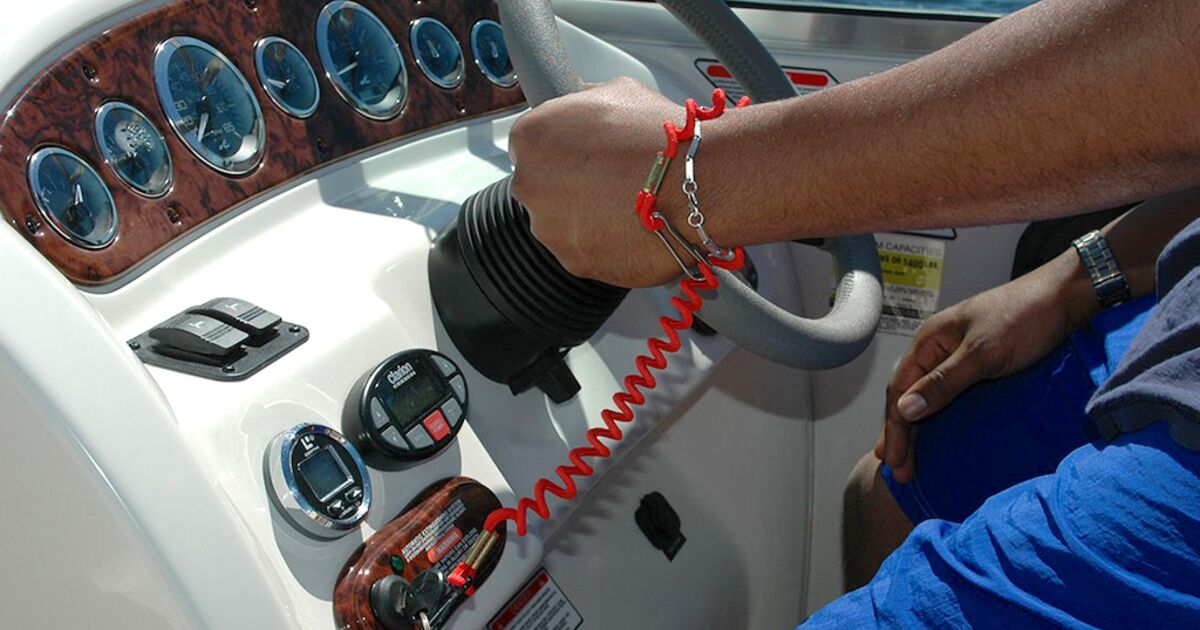
All operators must remember that they are responsible for the boat’s handling and the safety of every passenger.